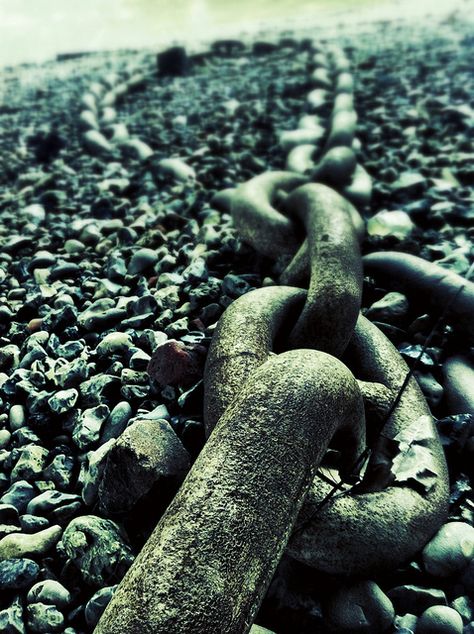What are “new moves” in a relationship? And how do we create them?
Styles of relating in relationships are patterned. Much as dysfunctional movement leads to injury, dysfunctional patterns of relating perpetuate unhealthy and ineffective communication styles which lead to fracture, estrangement, disrepair, and disconnection. When this happens a few times, there is a chance for recovery, but when this repeatedly occurs, there is a breakdown and deterioration of the fundamental well-being between both people.
Introducing “new moves” can be an antidote to dysfunctional relationship styles. At first, new moves present as unfamiliar, clunky, and don’t fit. When practiced over time these new moves override the old patterns that have resulted in problems. In studying a relationship’s style of communication, it can be helpful to learn the particular patterned moves or “dance.” The key to moving out of dysfunction is for each partner to understand the other partner’s moves and how they are simply attempting to protect themselves. This is an automatic nervous system response often learned when young.
A woman could be talking through a problem and senses her partner distancing. She then expresses anger and frustration. (This is her protective move). This could lead to greater distance and him wanting space. What is occurring for the female partner is an attempt at highlighting the problem. Her anger connotes hope, a possibility of experiencing a better relationship. She is trying to get him onboard to join her in the process, and is genuinely wanting to improve the situation.
To the male partner this expression of frustration and anger comes out of the blue. He walks in the room and hears criticism and it just beats him up. Internally, he begins to feel like a failure and wants to go away. (This is his protective move). In the experience of failure he wants to be left alone because he believes he has gotten it wrong. He is wanting love, but doesn’t know what to do. He goes away and waits, hoping it will pass.
For the female partner, she then wonders what it is about her that makes him always go away? It appears easier for him to go away somewhere else than it is to relate to her. She feels like she is not enough, broken, or that there is something about her that he doesn’t like. This is her fear deep down, that people always seem to leave her. She doesn’t feel lovable in this place.
Each of them are trying to get their needs met but are going about it in an ineffective way. Since all relationships require risk in order to work well, there is an opportunity to shift the stance of each of the players. The risk here would be for each partner to discover what it is they are experiencing and needing, and consider both meeting that need within themselves and/or reaching out with a request to their partner. These are often missing ingredients. Ironically, when the unmet need is then met (either internally, or through a request) the protective moves aren’t needed to the same degree. This starts to lead to better communication.
Would it be possible for her to take better care of herself and ask to feel loved in the very place that she doesn’t feel loved herself, through her partner or in some other way? Could she discover through a request or her own internal supports to receive the engagement she is wanting? She doesn’t need to be angry, if he is kindly related to, and he might then be able to stay engaged with her.
Would it be possible for him to ask for help in the very place he feels to be failing? Could she help him feel more safe so that it is easier for his system to stay? He doesn’t need to go away if she is going to help him find success when he feels like he might be failing. When she can understand that he is experiencing a threat and his brain wants to find a space to think about it and to figure out what to do, she can settle down into understanding that it is not about her.
With the help of the new moves the prior dynamic shifts and becomes a new relationship. A new dance emerges that wasn’t possible before. This couple then begins to form a team, in addition to individual units. As a team they can make better choice together about how to unify against the dysfunctional cycle or pattern that previously had them in perpetual conflict.
